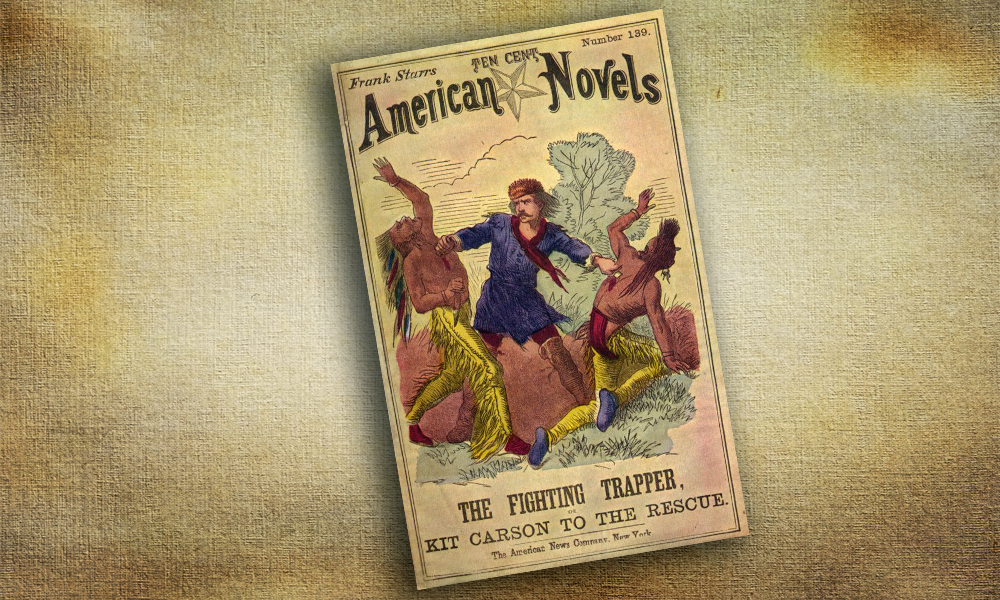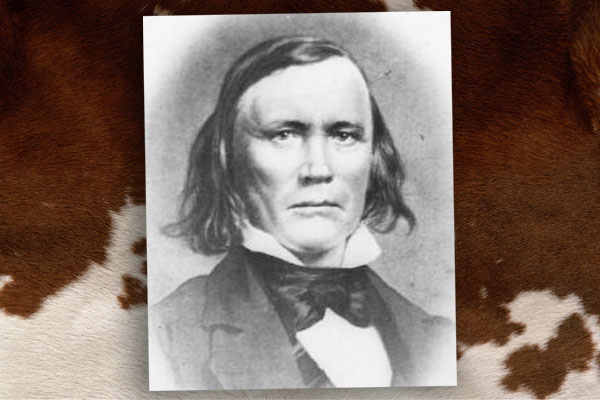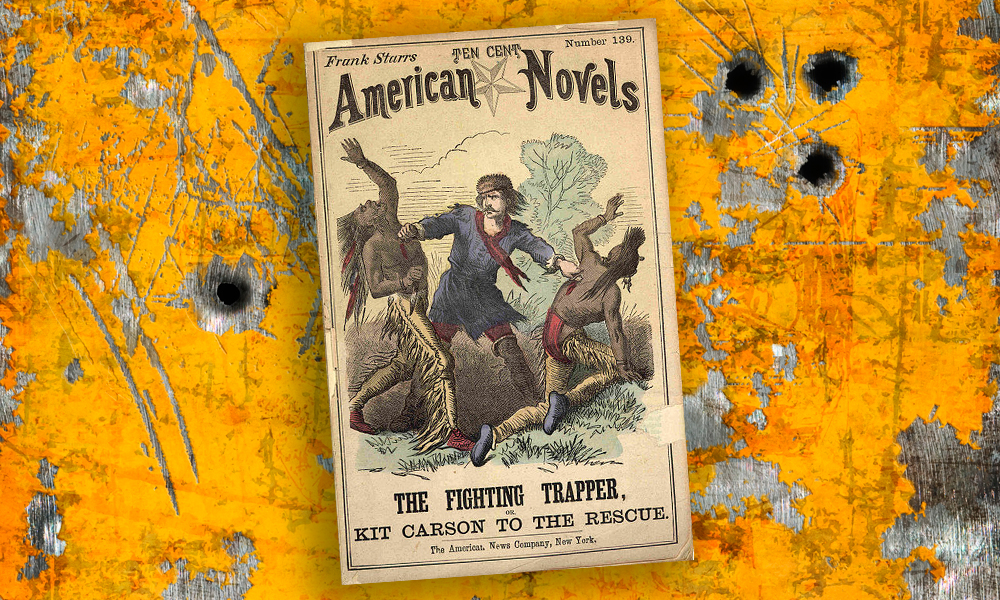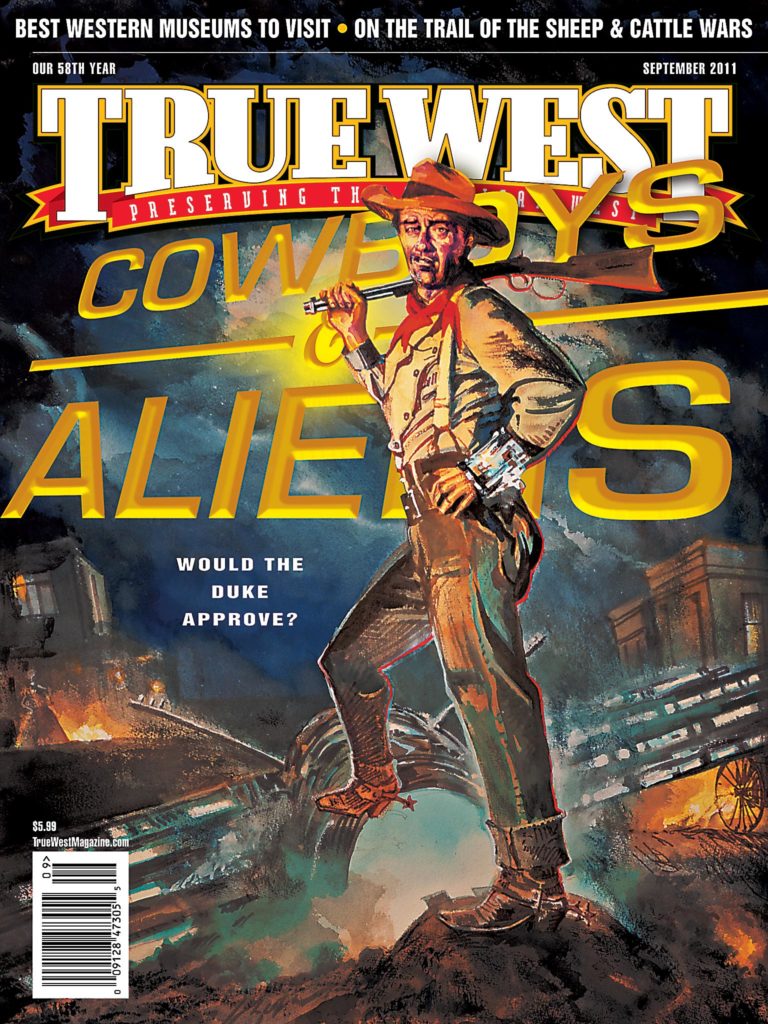
It was a fortuitous chance meeting for Kit Carson and John C. Fremont. Had there been no John C. Fremont there might never have been a Kit Carson and vice versa. In 1840 the fur trade had gone into decline and he needed a job. His Arapaho Indian wife had died in childbirth leaving him with a young daughter to raise. In 1842 he was returning on a steamboat from St. Louis after taking young Adeline to be educated in a convent when he made the acquaintance of an army lieutenant named John C. Fremont of the Army Corps of Topographical Engineers who was about to leave on an expedition to map and explore in the West. He was looking for a guide and Carson modestly admitted he had “been some time in the mountains.”
Fremont hired him and that first expedition would map what would become the storied Oregon Trail. Carson worked as a guide and scout on all three of Fremont’s expeditions for the Corps of Topographical Engineers. In reality Carson was the “Great Pathfinder’s” pathfinder. Fremont’s glowing reports and lavish praise for his guide made Carson a national hero. The explorer had written splendid reports about all his scouts including the legendary Joe Walker but it was Carson who captured the fancy of the American public. Fremont’s stories about his heroic feats also brought national attention from the wrong places. Dime novels about frontiersmen were all the rage back East. Some seventy of these featured Carson. They paid him no compensation nor sought his permission and they never let the truth get in the way of a good story. These sensationalized stories portrayed him as a blood and guts, giant of a man who slaughtered Indians by the thousand. There wasn’t a grain of truth in the action-packed thrillers but easterners devoured them. They fabricated him into their concept of a western hero.
Had they met the real Kit Carson they would surely have been disappointed. This so-called fire-eating giant of a man stood only 5’6 ½ inches, weighed just 140 lbs. and was illiterate. His quiet, unassuming manner, stoop shoulders, short stature and gentle voice did nothing to reveal dauntless courage he possessed.
Charles Averill’s pulp fiction, “Kit Carson, Prince of the Gold Hunters,” depicted him as a mass killer of Indians and even credited him as “the man who discovered gold in California.” On another pulp he was shown on horseback holding a beautiful, scantly women in one arm while fighting off Indians with the other. When it was shown to him he glanced at it and modestly replied, “That thar may be true but I hain’t got no recollection of it.”






